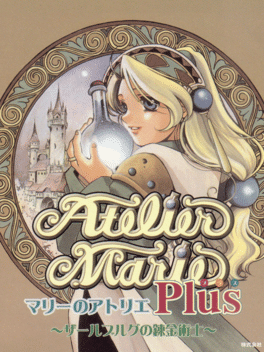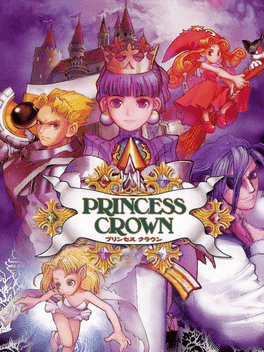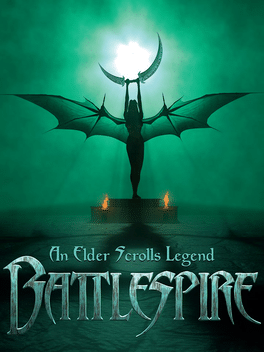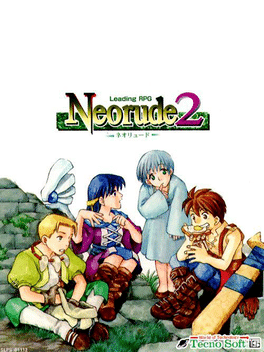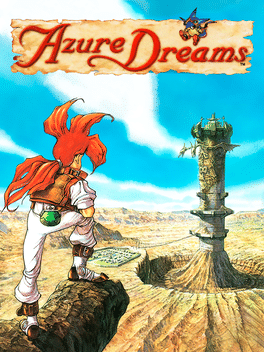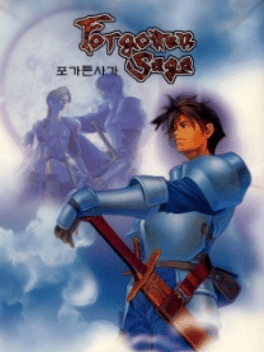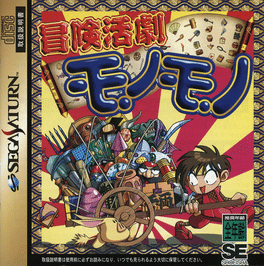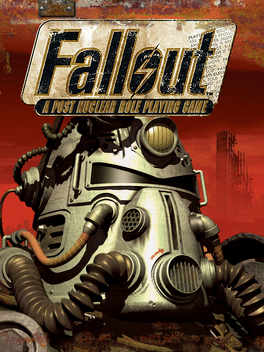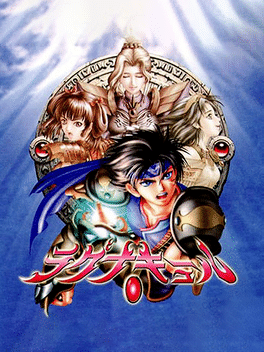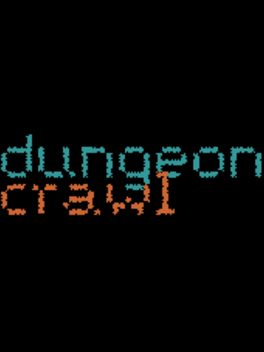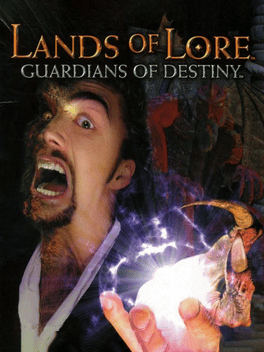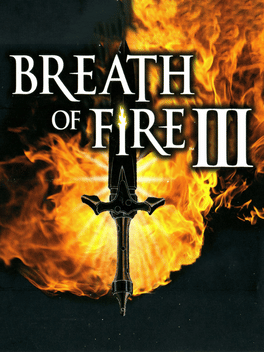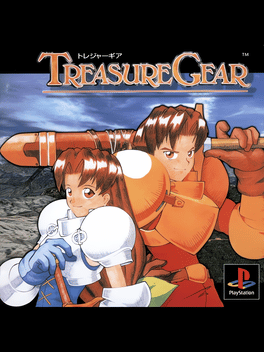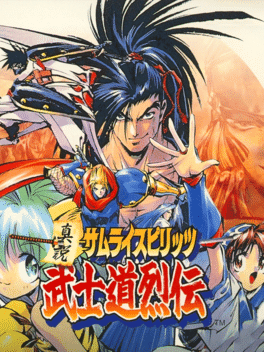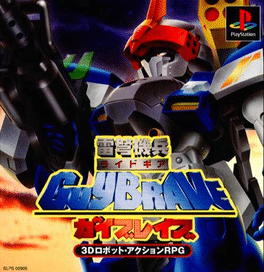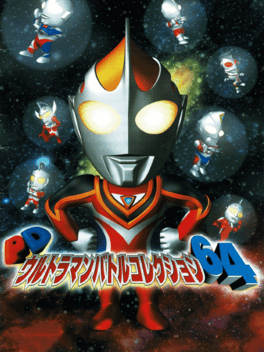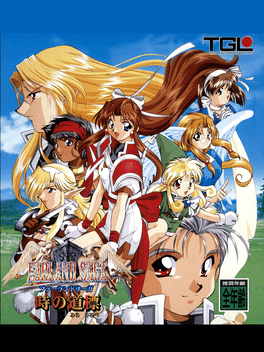New Role Playing Rpg Games - Page 242
-
Atelier Marie Plus: The Alchemist of Salburg
1997
Atelier Marie Plus was released on June 4, 1998, and is the last version (Version 1.3) of the original game, with upgrades and additional content added. -
Princess Crown
1997
Princess Crown
1997
You play as the thirteen-year-old princess Gradriel, the daughter of Elfrenne, queen of Valendria. Twenty-five years ago Elfrenne destroyed the demonic forces that were threatening the country. Now the queen has died, and Gradriel is proclaimed to be the future savior of the land, as it was not entirely purged of all evil. And indeed, an evil spirit has secretly invaded Valendria and is trying to take control over Gradriel's two older sisters. Will the young princess succeed in defeating the evil? -
An Elder Scrolls Legend: Battlespire
1997
star 5.2An Elder Scrolls Legend: Battlespire is an action role-playing open world video game developed and published by Bethesda Softworks, set in the world of The Elder Scrolls. -
Neorude 2
1997
-
Azure Dreams
1997
Azure Dreams
1997
star 3.2The game offers a lot of choice in respect to how individual players wish to play. The main focus of the game is entering the tower and destroying its denizens, collecting treasure and monster eggs to hatch into familiars. Each monster has hidden spells, unique traits, and abilities. Koh can also improve the town, along with decorating his home. -
Forgotten Saga
1997
Forgotten Saga
1997
As kind of a side story, Forgotten Saga takes place in the same fictional universe as Astonishia Story, but the plots aren't interlinked and there aren't many shared characters save for Passman. While combat works similar as in Astonishia Story, there are a lot of surprising WRPG influences. In the beginning the main character's class is determined by a catalog of questions, just like in many Ultima games. Then three companions are picked from a variety of classes and typical fantasy races (Elves, Dwarves and Hobbits). Two more slots are available for more characters to join temporarily, or even replace some of the original companions for good. The game is much more nonlineal and open ended than most Far Eastern RPGs, every town holds a variety of sidequests, which often rely on character's classes or the party's reputation, which is raised by doing good deeds. On the other hand the game punishes what the writer deemed immoral behavious, taking inspiration once again from Ultima. For a good portion of the game the -
Fallout: A Post Nuclear Role Playing Game
1997
star 8.5The Vault Dweller is tasked with exploring post-nuclear California in order to retrieve a water chip to replace the broken chip of Vault 13, their home, which they are the first person to ever leave. The player will engage in Western RPG character building and turn-based tactical combat while getting to know settlements and factions of people, mutants and ghouls through branching dialogue trees. -
Lagnacure
1997
-
Linley Henzell's Dungeon Crawl
1997
Linley's Dungeon Crawl (or just Dungeon Crawl or Crawl) was a roguelike computer game originally programmed by Linley Henzell in 1995, and first released to the general public on October 2, 1997. The game had a quirky license based on Bison's license and the NetHack License; Stone Soup has contacted every past contributor and relicensed to GPL-2.0-or-later. -
Lands of Lore: Guardians of Destiny
1997
star 7.6In Lands of Lore: Guardians of Destiny you enter a world of intense beauty and mortal danger where your slightest move can trigger cataclysmic events, miraculous escapes, or lethal battles. See magical cities rise out of great oceans. Enter the musty caverns of Dracoid ruins. Discover gruesome altars and witness secret ceremonies never before seen by humans. -
Ultima Online
1997
Ultima Online
1997
star 8.1Ultima Online is the product of Richard Garriott's idea for a fantasy game involving several thousand people who can all play in a shared fantasy world. It is responsible for grandfathering the genre of the MMO, and showing the industry that MMO's were the next era of gaming. -
Breath of Fire III
1997
Breath of Fire III
1997
star 6.9A MYSTERIOUS POWER...AN UNLIKELY HERO...A CLASSIC ADVENTURE... The lone survivor of a legendary dragon clan, a rebellious youth embarks on a great journey. One of discovery... and danger. The classic role-playing game now returns to continue the epic tales of Ryu and the dragon people. An inner power of uncertain origin matures Ryu into a warrior who ponders his purpose as he embarks on a mystical journey. What lies ahead is shrouded in mystery... yet strangely familiar. DRAGON GENE SPLICING LEGENDARY ROLEPLAYING AN EPIC 3-D ENVIRONMENT LEARN OR STEAL ADVANCE SKILLS AND TECHNIQUES POWERFUL MAGIC NOW YOU POSSESS THE POWER TO CONTROL RYU'S DESTINY. -
Treasure Gear
1997
Treasure Gear
1997
Treasure Gear is a Role-Playing game, developed by ADK and published by MiraiSoft, which was released in Japan in 1997. -
Shinsetsu Samurai Spirits: Bushido Retsuden
1997
So the story begins ...... It's Eighteen century in Japan, it's a peaceful region. The word "peaceful" are only applied to the social status, not the heart of the human. The greed, like the diseases, is spreading through the human heart. The devil within had awaken. And worse, the devil below is risen...... -
Ridegear Guybrave
1997
-
Elancia
1997
-
Dragon Court
1997
Dragon Court
1997
Dragon Court was a fantasy-themed browser RPG in a medieval setting, which players navigated through simple text descriptions and visuals. The game distinguished itself by its turn-based combat and the imposed daily limit on turns. Adventures involved battling a variety of creatures, with each victory earning them resources and experience to bring them one step closer to reaching the dragon. -
Farland Saga: Toki no Michishirube
1997
Toki no Michishirube is a direct sequel to the first Farland Saga game. It is an anime-style strategy RPG which consists mainly of large strategic battles, taking place on isometric battle fields.
